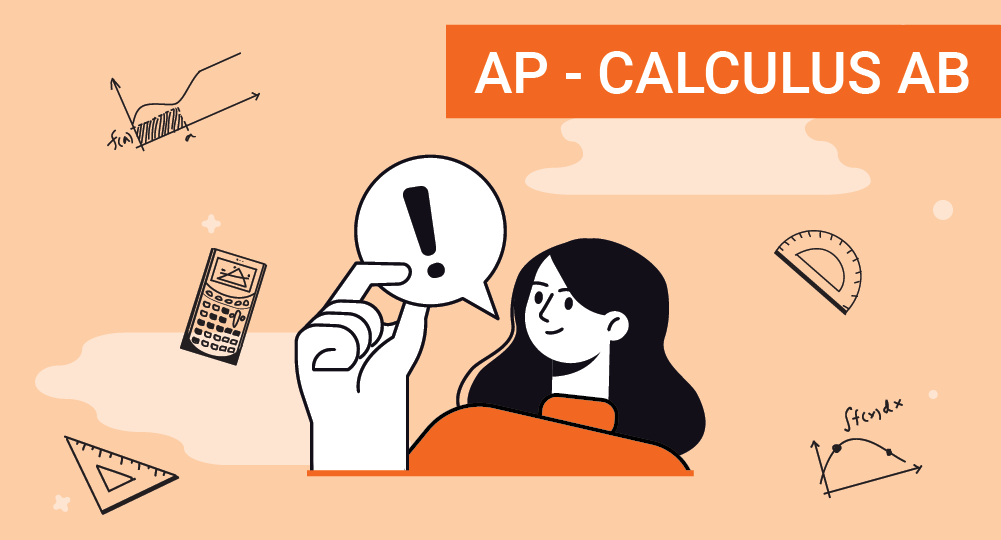
AP Language
The AP Language and Composition exam conducted by College board is designed to assess students' abilities in reading, writing, critical thinking, and rhetorical analysis. The exam consists of multiple-choice questions and free-response tasks, which evaluate students' skills in analyzing and interpreting non-fiction texts, constructing effective arguments, and synthesizing information from multiple sources.
Know more about AP Language and Composition
AP Language and Composition, also known as AP English Language and Composition, is an Advanced Placement course and exam offered by the College Board. It is designed to help high school students develop the skills necessary for college-level reading, writing, and critical thinking in the context of rhetoric and language.
Course Overview:
The AP Language and Composition course emphasizes the study and analysis of non-fiction texts, including essays, speeches, articles, editorials, and other forms of writing. Students will explore how language and rhetoric are used to persuade, inform, and entertain readers.
The course aims to enhance students' abilities to:
Analyze and interpret various rhetorical strategies used by authors.
Develop effective writing skills, including argumentation and synthesis.
Engage in critical reading and evaluation of texts.
Comprehend and analyze the context and purpose of a given piece of writing.
Exam Details:
The AP Language and Composition exam assesses students' understanding of the course material and their ability to analyze and write effectively. The exam consists of two main sections:
Multiple-Choice Questions: This section comprises around 45-55 multiple-choice questions based on various non-fiction passages. Students need to demonstrate their ability to analyze and interpret these passages
Free-Response Questions: This section includes three essay prompts that students must respond to within a time limit of 2 hours and 15 minutes. The three essay types are: Synthesis Essay, Rhetorical Analysis Essay, Argumentative Essay.
Test Pattern
| S No | Test Section | Number of Questions | Time Allotted |
|---|---|---|---|
| 1 | Multiple Choice | 45 | 60 minutes |
| 2 | Free Response | 3 | 135 minutes |
What you'll learn
- 1
Rheoretical Analysis: Anlysing and interpreting in Essays, speech and visual media
- 2
Argumentative Writing: Developing and presenting persuasive arguments using evidence, logic, and rhetorical techniques.
- 3
Synthesis: Integrating information from multiple sources to develop a coherent and well-supported argument.
- 4
Reading Skills: Developing critical reading skills to analyze and evaluate various types of texts.
- 5
Writing Skills: Enhancing writing skills through practice in different modes of writing, including argumentative, analytical, and persuasive essays.
- 6
Language and Style: Analyzing the impact of language choices, style, and tone on the effectiveness of communication.
- 7
Research Skills: Conducting research, evaluating sources, and incorporating evidence from research into written arguments.
- 8
Critical Thinking: Developing critical thinking skills to analyze and evaluate arguments, assumptions, and evidence.
Skills you'll learn
Identify and describe components of the rhetorical situation: the exigence, audience, writer, purpose, context, and message
Demonstrate an understanding of an audience’s beliefs, values, or needs
Identify and describe the thesis of an argument and counter argument, and any indication it provides for structure
Describe the line of reasoning and Explain how the organization of a text creates unity and coherence
Use transitional elements to guide the reader through the line of reasoning of an argument
Explain how word choice, comparisons, and syntax contribute to the specific tone or style of a text
Use established conventions of grammar and mechanics to communicate clearly and effectively
Explain how writers create, combine, and place independent and dependent clauses to show relationships between and among ideas














